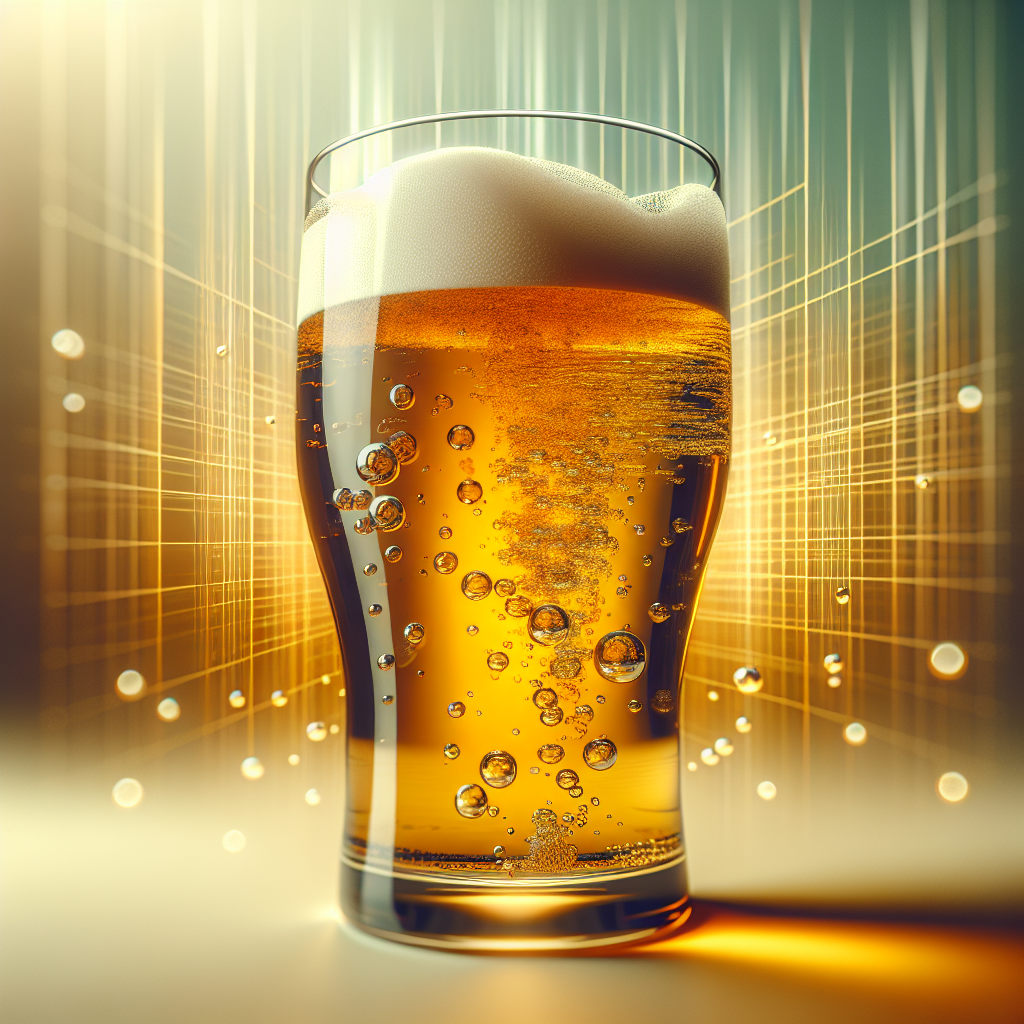Unleash the Hops: Crafting the Perfect Double IPA at Home
If you’re a beer enthusiast with a penchant for the bold and the bitter, then you’re in for a treat. The Double IPA, with its robust hop flavor and higher alcohol content, is a favorite among craft beer aficionados. Brewing this style at home can be a rewarding experience, allowing you to experiment with flavors and create a brew that’s uniquely yours. In this guide, I’ll walk you through my best Double IPA beer recipe, complete with detailed steps to help you create a masterpiece in your own kitchen.
Introduction: Dive into the Hop Explosion
Double IPAs, also known as Imperial IPAs, are a hop lover’s dream. These beers are characterized by their intense hop bitterness, balanced with a strong malt backbone and a higher alcohol volume that warms the senses. Originating from the West Coast of the United States, this style has gained international acclaim for its ability to showcase hop flavors in all their glory.
In this blog post, I’ll share my favorite Double IPA recipe that combines a medley of hops to create a symphony of citrus, pine, and floral notes. Whether you’re a seasoned homebrewer or a curious beginner, this guide will provide you with all the information you need to brew a spectacular Double IPA.
The Ingredients: Building Your Flavor Profile
Malt Bill
– Pale Malt: 12 lbs (provides the base for fermentation and a subtle sweetness)
– Caramel/Crystal Malt (40L): 1 lb (adds a touch of color and caramel sweetness)
– Munich Malt: 1 lb (enhances the malt backbone and adds a biscuity flavor)
Hop Schedule
– Bittering Hops: 2 oz of Warrior (added at the start of the boil to impart bitterness)
– Flavoring Hops: 1 oz of Simcoe and 1 oz of Centennial (added at 30 minutes for complex flavors)
– Aroma Hops: 2 oz of Citra and 1 oz of Amarillo (added at the end of the boil for citrusy aromas)
– Dry Hopping: 2 oz of Mosaic and 1 oz of Cascade (added during fermentation for a burst of aroma)
Yeast and Other Ingredients
– Yeast: American Ale Yeast (for clean fermentation and allowing hop flavors to shine)
– Corn Sugar: 1 lb (optional, boosts alcohol content without adding body)
Brewing Process: Step-by-Step Guide
Step 1: Mashing
Begin by heating 4 gallons of water to 152°F (67°C) and add your crushed grains. Maintain this temperature and let the grains mash for 60 minutes. This process converts the starches in the grains into fermentable sugars.
Step 2: Lautering and Sparging
After mashing, rinse the grains with hot water (170°F) to extract more sugars. Collect around 6.5 gallons of wort (unfermented beer) in your brew kettle.
Step 3: Boiling
Bring the wort to a rolling boil and add your bittering hops. Boil for 60 minutes, adding flavoring hops at the 30-minute mark. With 10 minutes left, throw in the aroma hops. This is also a good time to add any additional ingredients, such as corn sugar.
Step 4: Cooling and Fermentation
Rapidly cool your wort to around 68°F (20°C) using a wort chiller. Transfer the cooled wort to a sanitized fermentation vessel and pitch your yeast. Seal the vessel with an airlock and let it ferment in a cool, dark place.
Step 5: Dry Hopping
After the initial fermentation (about 5-7 days), add your dry hops to the fermenter. This will provide the beer with intense hop aromas without adding bitterness. Let it sit for an additional 5-7 days.
Step 6: Bottling and Carbonation
Once fermentation is complete, bottle your beer with priming sugar to carbonate. Store the bottles at room temperature for 1-2 weeks, then chill and enjoy your homemade Double IPA.
Conclusion: A Toast to Your Brewing Journey
Brewing your own Double IPA is not just about crafting a delicious beer; it’s about the journey and the joy of creating something with your own hands. As you refine your brewing techniques and experiment with different hops and malts, you’ll develop a deeper appreciation for the art of brewing.
Remember, the beauty of homebrewing lies in its flexibility. Feel free to tweak the recipe to suit your taste, whether you prefer a more citrus-forward profile or a stronger malt presence. The key is to enjoy the process and celebrate the small victories along the way.
For further reading on Double IPAs and homebrewing tips, check out the American Homebrewers Association. Happy brewing!
